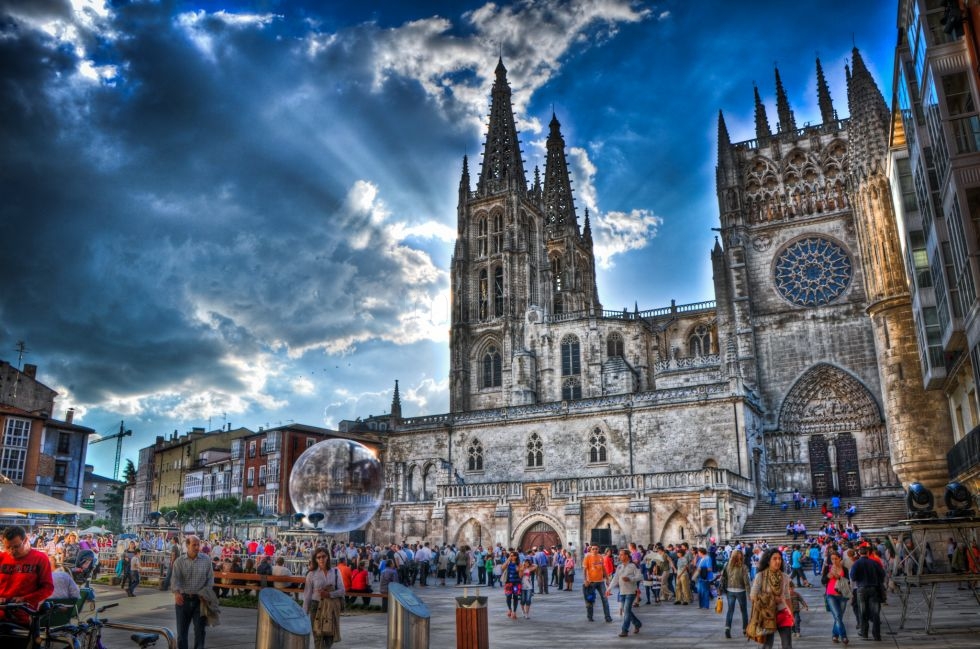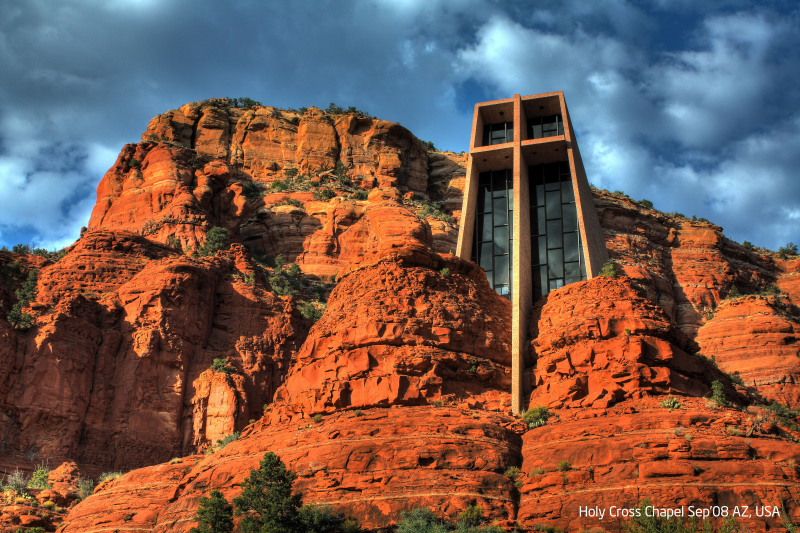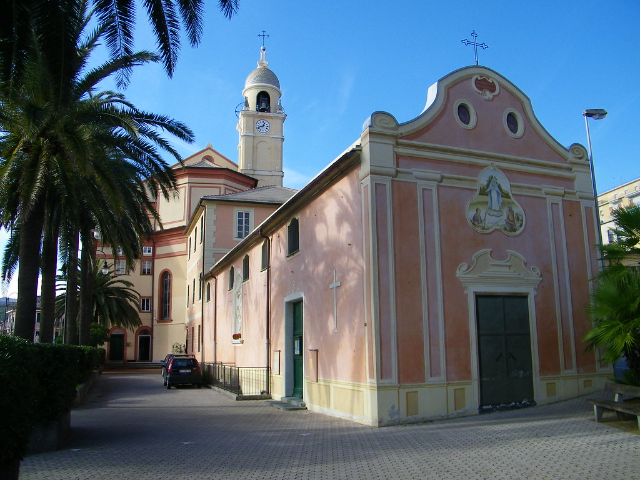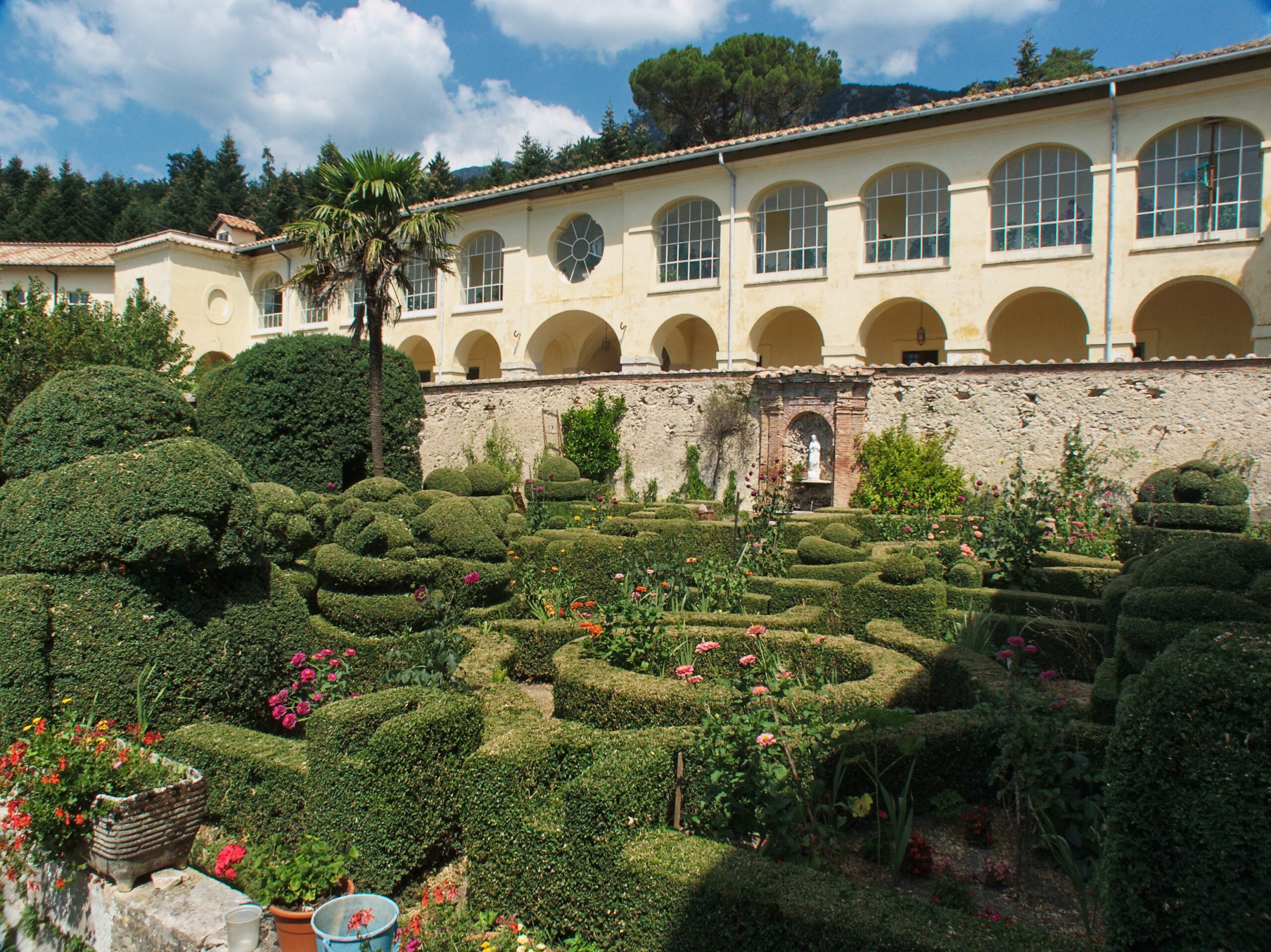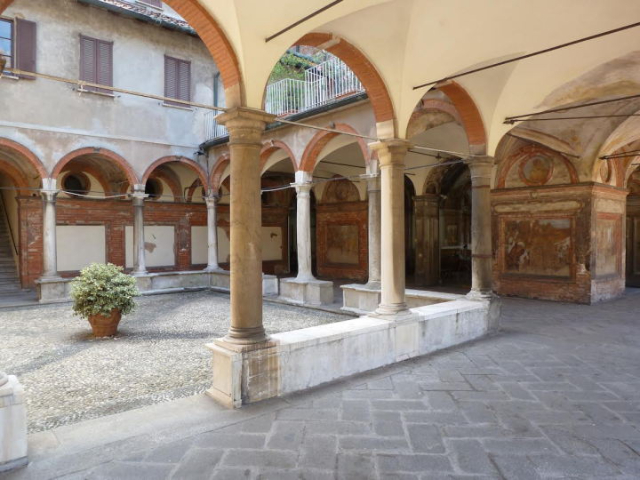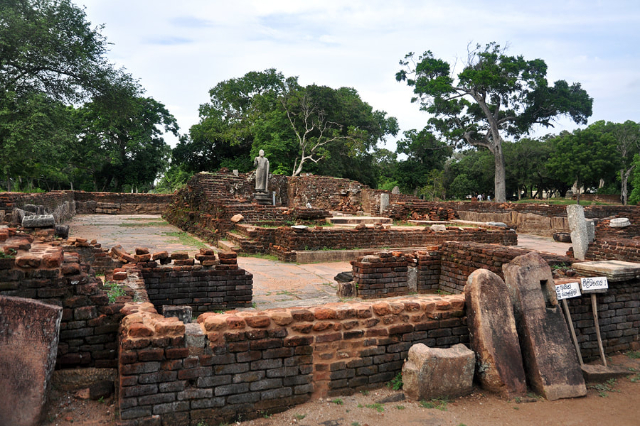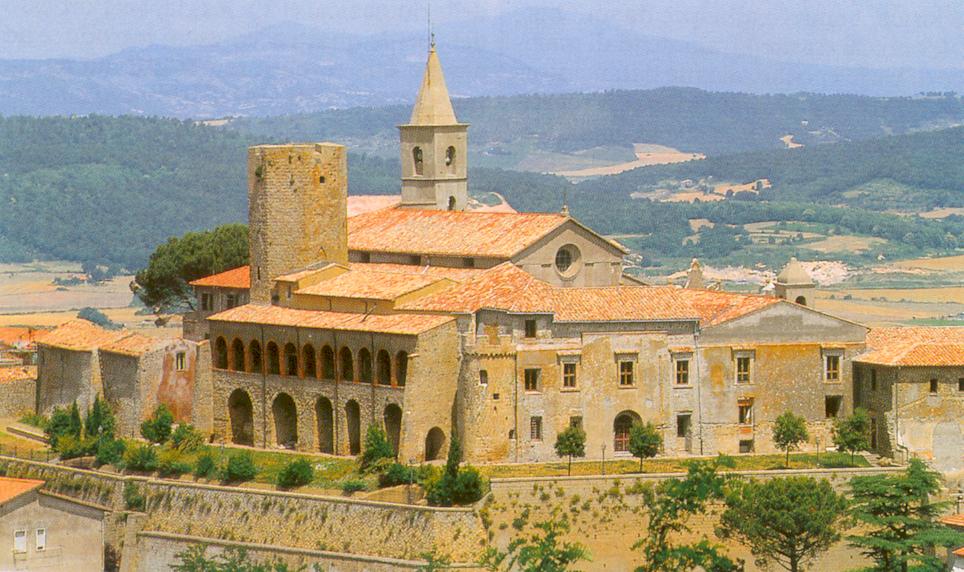Burgos Cathedral is a Gothic cathedral located in Burgos, Spain.
It is dedicated to the Virgin Mary and is famous for its unique architecture and remarkable size.
The construction of the cathedral was ordered by Ferdinand III of Castile and Mauritius of Burgos, Bishop of Burgos, English by birth. The king’s intention was to expand the temple where his marriage to Beatrice of Swabia was celebrated. For this he counted on his good relations with the bishop who, with a trip to France, had gone to fetch and accompany the future Queen Beatrix to his king.
Work began on the site of an earlier Romanesque cathedral on 20 July 1221, starting with the apse, which was completed in nine years. The high altar was first consecrated in 1260, after which there was a gap of at least two centuries before construction resumed.
The cathedral was completed in 1567. The lower part of the west façade, called the façade of Santa Maria, is formed by three pointed arches, inside each of which there is a portal. The central arch is larger than the lateral ones and houses the larger door, called Porta Reale or Porta del perdono, the other two instead are the Porta dell’Assunzione and Porta dell’Immacolata Concezione. In the middle area there is a rose window, in which a six-pointed star appears, above which there is a gallery bordered by a balustrade with pinnacles. In the centre of the latter is the sculptural image of the Virgin Mary. Two very similar towers, dating from the 13th century, stand at the two side doors, above which, in the 15th century, Juan de Cologne inserted the octagonal base spires. It has a Latin cross plan, with three naves, a transept and an ambulatory. It measures 84 metres long, 59 metres wide and the central nave, which is larger than the side aisles, is 11 metres high. The nave and the transept are crossed by the triforium, above which there are large windows with stained-glass windows and an upper rose window. In the Capilla Mayor there is a Renaissance altarpiece, begun by Rodrigo de la Hague in 1562 and finished by his brother Martin when he died. The choir, located in the middle of the nave, has stalls of particular value, made of walnut in 1505 by Philip Bigarny. Although the style of the cathedral is gothic, there are Renaissance and Baroque decorative elements inside. Inside the Chapel of the Most Holy Christ of Burgos we find the crucifix, an object considered miraculous and much venerated, consisting of a wooden body covered with cowhide, with a beard and human hair.
